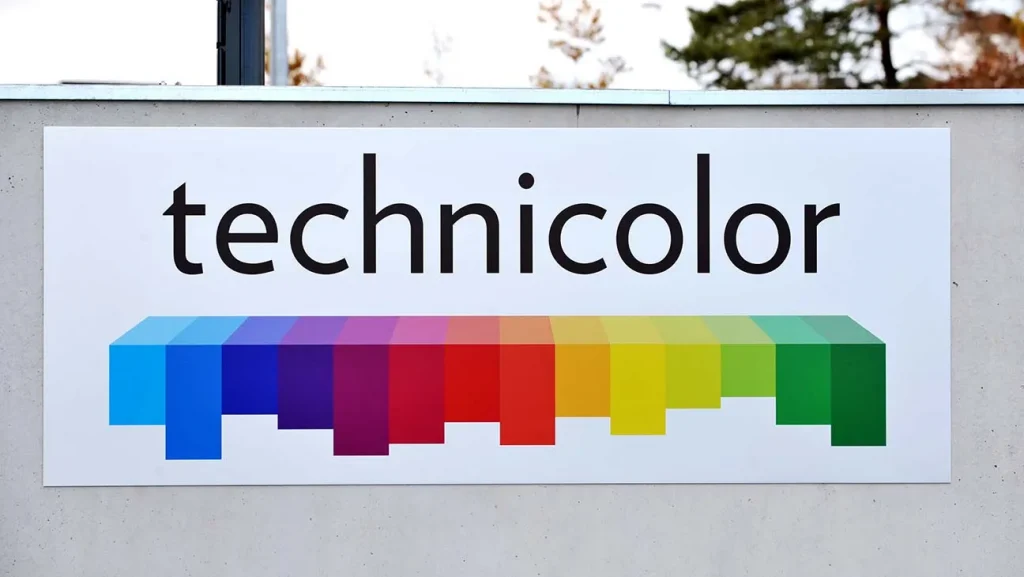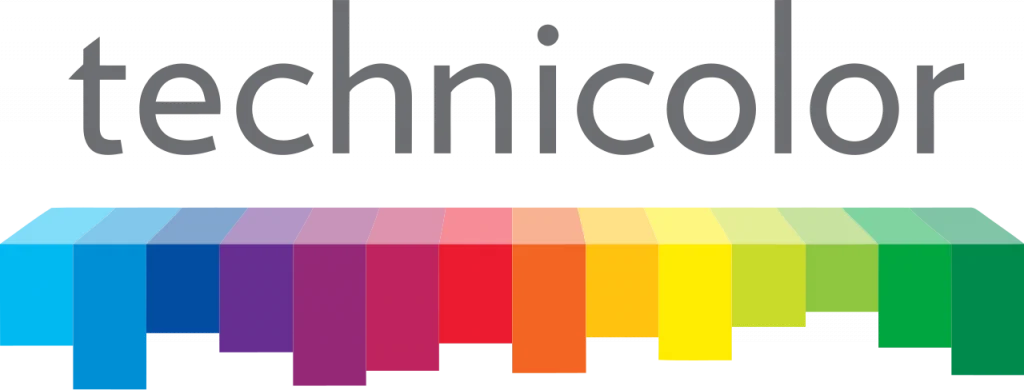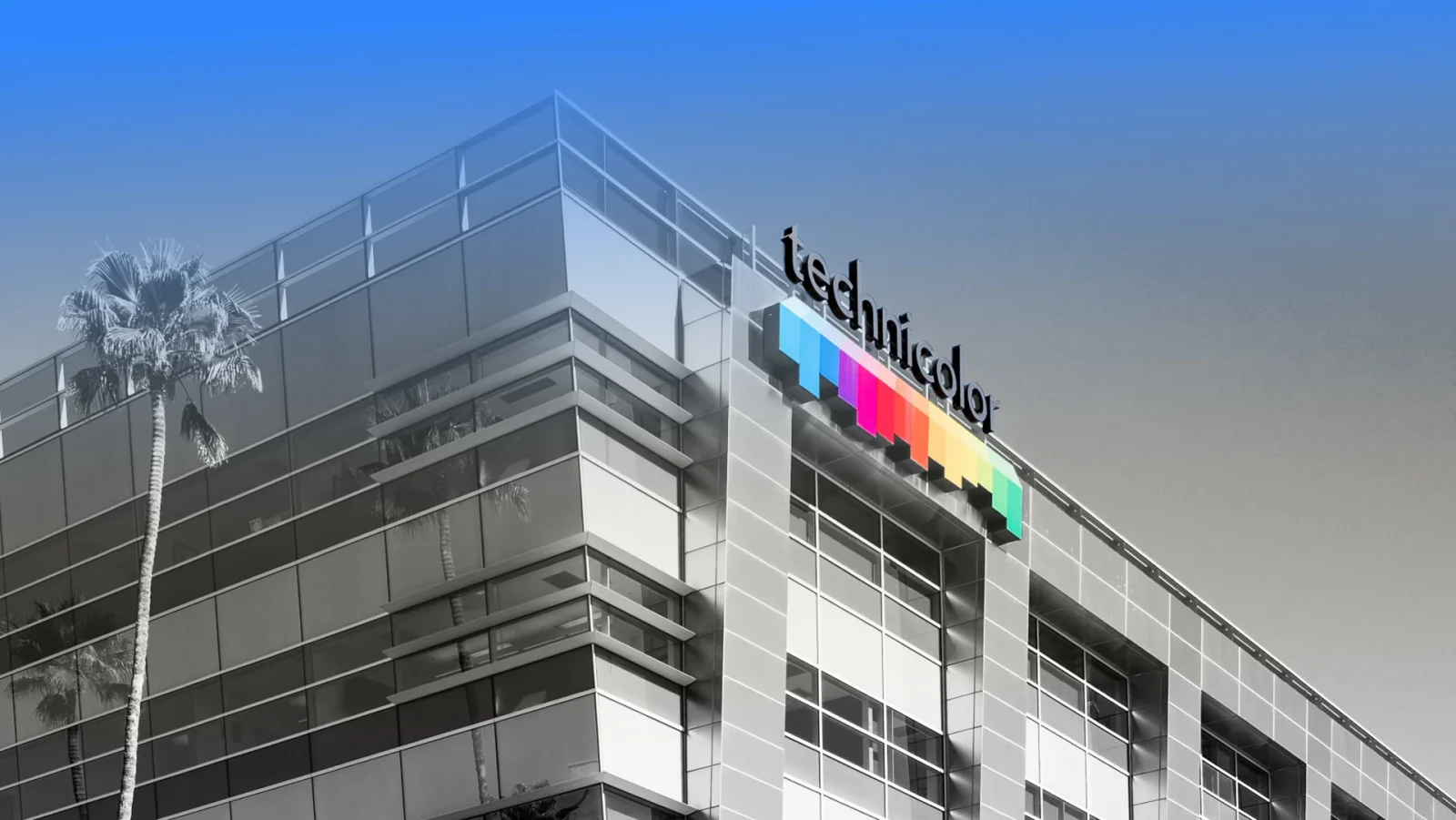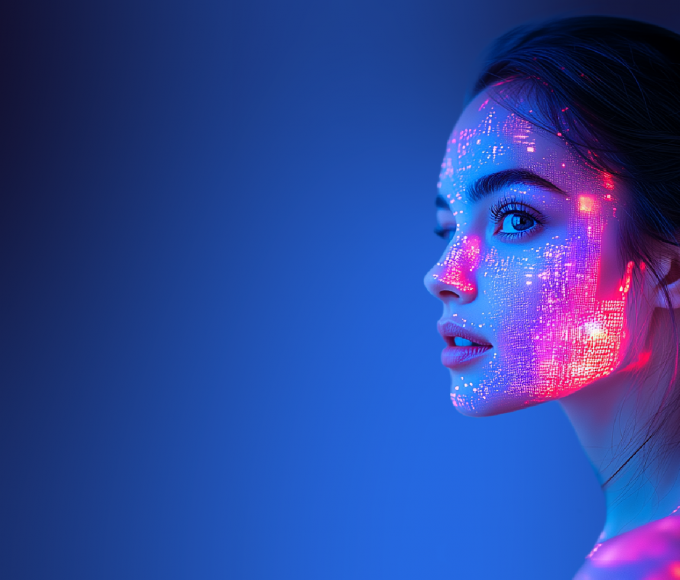Nick Berry from Green Square examines a creative production landscape in flux — where once-dominant giants are falling while agile independents rise to redefine what comes next.
When Technicolor went under earlier this year, many predicted a major shake-up across creative production and VFX. Half a year later, the dust is starting to settle, and a clearer picture is emerging.
Since that collapse, other long-established studios have followed, including Jellyfish Pictures and Glassworks VFX. On the surface, it might seem as though the entire industry is in decline, but a closer look reveals a more nuanced story — one of renewal as much as disruption.
The downfall of the larger players stemmed from familiar issues: heavy debt, expensive infrastructure, and cumbersome organizational structures that couldn’t adapt to rapid change. Combined with the aftershocks of the pandemic, industry strikes, and rising costs, many legacy studios simply became too big to move quickly.

Meanwhile, smaller and more flexible production companies have flourished. With cloud-based workflows reducing overheads and global collaboration becoming easier than ever, leaner studios can now compete head-to-head with their older counterparts. The rise of international talent pools has only accelerated this shift, with skilled artists emerging from every corner of the world.
The appetite for high-quality visual content continues to grow across entertainment, advertising, and digital media — meaning there’s still plenty of opportunity. Independent studios with strong creative vision and technical versatility are well-positioned to thrive.
In today’s environment, success depends on the right mix of youth and experience. Emerging talent pushes creative limits, while seasoned professionals understand how to balance artistry with budgets, deadlines, and client expectations. That blend — agility and expertise — is what’s driving many independents forward.
A decade ago, most production houses worked solely through ad agencies. Today, it’s common for them to work directly with brands. This evolution signals a newfound confidence and recognition of the strategic value these companies bring to the table.
Still, there are lessons to be learned from the big studios that stumbled. Jamie Smith, a media lawyer who once worked closely with one of the major VFX houses during its acquisition, reflected that centralization was a key factor in its decline. As decision-making became slower and more corporate, teams felt less empowered, and creative autonomy weakened.
In his view, creative companies live or die by how well they nurture and reward talent. When leadership becomes too rigid or bureaucratic, innovation dries up and competitors move in.
He advises today’s studios to stay strategic and forward-thinking: focus on where technology is headed, maintain efficiency without sacrificing creativity, and avoid overdependence on a single client or niche. Bold hiring, constant talent development, and the courage to make changes when necessary are all vital to sustaining excellence.
As always, technology looms large in the future of creative production — and artificial intelligence sits at the center of that conversation. Some production tasks will inevitably be automated, but that’s nothing new. The industry has always evolved alongside technological leaps, from analog to digital to today’s hybrid workflows. The question isn’t whether tools will change, but how creators will use them.
As one legendary band once said when asked about technology in their craft: “It’s not the tool that defines you — it’s how you control it.” The same holds true for creative production today. AI won’t replace artistry; it will amplify the imagination of those who know how to wield it.
In the wake of Technicolor’s fall, several promising new studios have emerged. Some were founded by former leaders from those legacy companies, bringing deep expertise but a fresh, entrepreneurial mindset. Many of these startups have already built strong reputations by combining high-end VFX work with nimble operations and strong client collaboration.
One such founder described the industry’s evolution as a “recalibration.” With modern technology leveling the playing field, creative startups can now compete on equal terms with established names — provided they stay agile, collaborative, and focused on delivering distinctive work.

Ultimately, the future of creative production looks bright. The industry is rediscovering its core strengths: resilience, innovation, and the boundless potential of human creativity. After months of turbulence, upcoming industry events celebrating craftsmanship and visual storytelling are arriving at just the right time — reminding everyone why creativity, at its best, still inspires, connects, and endures.







